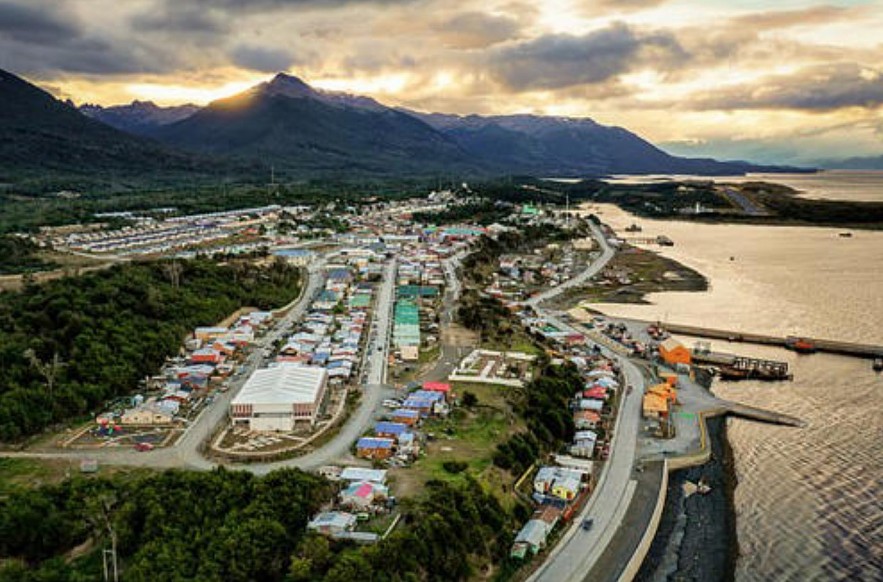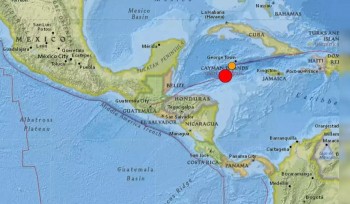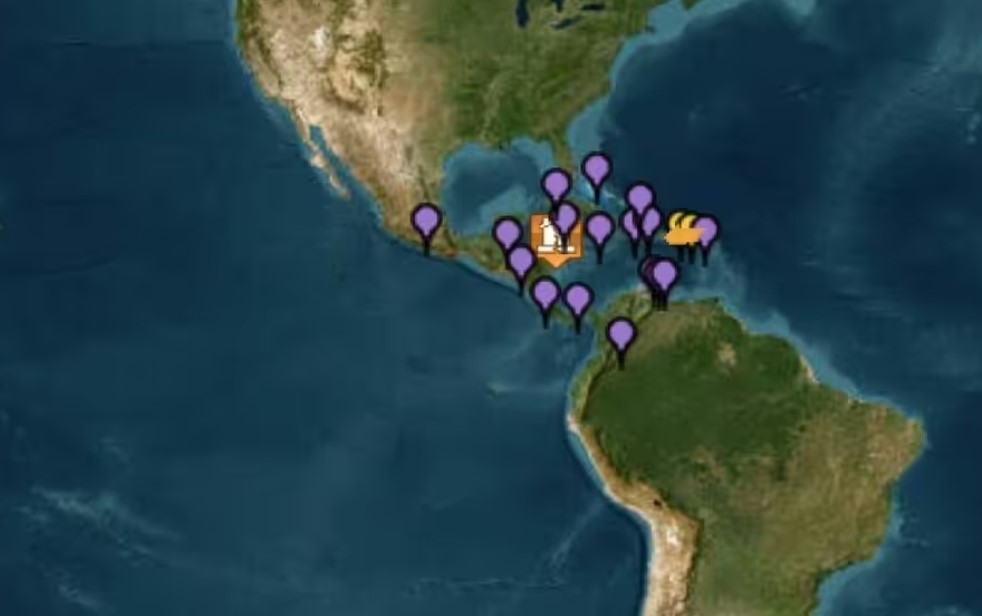7.4 Earthquake Hits Coasts Of Argentina And Chile: Tsunami Warning, Evacuation Orders
Epicenter and Seismic Details
The quake occurred at approximately 9:58 a.m. local time and was centered about 219 kilometers (136 miles) south of Ushuaia, Argentina, and a similar distance from Puerto Williams, Chile. The United States Geological Survey (USGS) recorded the quake at a shallow depth of 10 kilometers (6.2 miles)—a depth that increases the risk of destructive surface waves.
 |
| Earthquake Hits Coasts Of Argentina And Chile |
Tsunami Threat and Coastal Evacuations
Chile's National Disaster Prevention and Response Service (SENAPRED) immediately issued a tsunami warning for the southern tip of the country. Authorities warned that tsunami waves of up to 3 meters (10 feet) above tide level could impact coastal areas within a 300-kilometer radius of the epicenter.
President Gabriel Boric, a native of the region, announced on social media:
“We call for the evacuation of the coastline throughout the Magallanes Region. Our priority is the safety of residents. All state resources are activated.”
Residents in Punta Arenas, Puerto Williams, and nearby towns were urged to move inland and seek higher ground. Public announcements reminded citizens to bring emergency kits and account for their pets.
Impact on Argentina and Antarctica
In Argentina, tremors were felt in Ushuaia, the southernmost city in the world, located in Tierra del Fuego Province. Although no immediate damage or injuries were reported, Argentine authorities suspended all maritime activities in the Beagle Channel as a precaution.
The Pacific Tsunami Warning Center confirmed that minor tsunami waves had already been observed. At the Vernadsky Research Base in Antarctica, waves just under 0.5 feet (15 cm) were recorded. Waves of 3–9 feet (1–3 meters) were projected along parts of the Chilean coastline, while smaller surges could reach certain Antarctic coasts.
Response and Ongoing Monitoring
SENAPRED stated that it is actively assessing the impact on infrastructure, basic services, and human safety. Emergency operations centers were activated across the region. No significant structural damage or casualties have been reported as of now.
Local schools, ports, and transport hubs remain closed until further notice. Chile’s COGRID (Committee for Risk Management) has been deployed at both regional and national levels to coordinate emergency logistics and public communication.
What Residents Should Know
Authorities advise residents to:
-
Stay tuned to official alerts.
-
Avoid coastal zones until the all-clear is given.
-
Prepare emergency supplies including water, food, documents, and first aid.
-
Keep communication lines open.
-
Assist neighbors and vulnerable individuals.
Looking Ahead
Seismologists continue to monitor aftershock risks in the seismically active Drake Passage. Although Chile is well-prepared with robust earthquake protocols, officials stress that this event highlights the urgent need for coastal readiness in remote southern regions.
 Is There a Tsunami Warning for the U.S. Coast After the Caribbean Earthquake? Is There a Tsunami Warning for the U.S. Coast After the Caribbean Earthquake? According to the U.S. National Tsunami Warning Center, there is no tsunami threat to the U.S. East Coast, the Gulf of Mexico, or the West ... |
 Rare Earthquake Hits Magee, Mississippi, as Tornadoes Devastate the Region Rare Earthquake Hits Magee, Mississippi, as Tornadoes Devastate the Region Unprecedented dual disasters leave destruction, casualties, and communities in crisis |
 Did Baba Vanga Predict the Myanmar Earthquake? Did Baba Vanga Predict the Myanmar Earthquake? After the devastating earthquakes that struck Myanmar, Thailand, and Tonga in early 2025, many are asking: Did Baba Vanga foresee this? |
 No Tsunami Threat After 5.2 Magnitude Earthquake Shakes Southern California No Tsunami Threat After 5.2 Magnitude Earthquake Shakes Southern California Officials confirm no risk of coastal flooding after inland quake centered near Julian, CA. |

























